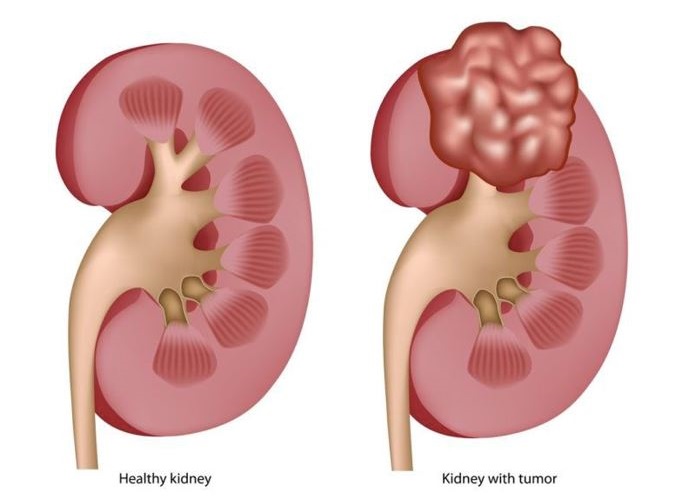When it comes to treating kidney cancer, the best approach is decided through shared decision making — a process where the doctor and patient work together to choose the most suitable option. The final treatment plan depends on several factors such as the type and stage of cancer, possible side effects, and the patient’s overall health.
Here are the main treatment options available:
1. Active Surveillance
- In this approach, the tumor is regularly monitored through physical check-ups and imaging tests.
- It’s generally considered for small tumors (less than 3 cm in size).
- This option may be suitable for older patients, those with other medical conditions, or those for whom surgery poses a higher risk.

2. Partial Nephrectomy (Laparoscopic)
- This is a surgery where only the tumor and the affected portion of the kidney are removed, leaving the rest of the kidney intact.
- It’s usually recommended based on factors such as tumor size, the patient’s age, overall health, and the condition of the other kidney.
- The laparoscopic method involves small incisions and generally allows for faster recovery.
3. Radical Nephrectomy (Laparoscopic)
- In this procedure, the entire kidney, along with the tumor and surrounding tissues, is removed.
- It is recommended when the tumor is large or when there isn’t enough healthy kidney tissue left.
- The laparoscopic approach minimizes surgical trauma and can lead to quicker healing compared to traditional open surgery.
- Let me know if you’d like this version in a more formal or more conversational tone, or if you’d like it compiled into a handout or summary sheet.
